Spirea - description
Meadowsweet is a frost-resistant crop that tolerates drought well, it grows quickly and lives for a long time, pleases with colorful flowering, retaining an attractive appearance for decades. Among the varieties of shrubs, there are dwarf spiraea (up to 15 cm in size) and high (up to 2.5 m). Brief description of the culture:
- the shape of the bush is different - pyramidal, weeping, erect, hemispherical, cascading, creeping;
- the root system is fibrous and shallow;
- branches from a light brown color, tend to peel off longitudinally;
- leaves are petiolate, chopped, three-five-lobed, lanceolate or round;
- flowers in spirea are smallish, multiple, grouped into paniculate, cone-shaped, spike-shaped, corymbose rosettes;
- the color of the petals is diverse - from snow-white to bright crimson.
The meadowsweet pleases with its colorfulness all season. In the spring, it is decorated with reddish, gold or lettuce foliage. In summer, purple, light pink or snow-white inflorescences come to the fore. In autumn, the foliage takes on juicy crimson, orange, lemon-yellow tones. The culture is widely used in landscape improvement - as a hedge, border, lawn decoration.
How to plant spirea
The bottom of a hole dug for planting up to 50 cm in size is covered with a drainage layer along the height of the palm. Drainage is a layer of sand, expanded clay or charcoal.
The planting material must have well-developed, healthy roots. Damage and dry parts are pre-cut. For two hours, the seedling is disinfected in a manganese solution, after which it is left for a day in a means to stimulate the growth of rhizomes and treated with a fungicide.
If it is assumed that the Douglas spirea will be part of the garden composition, it must be planted in the hole. Saplings to create a hedge from plants are placed in a spacious trench.
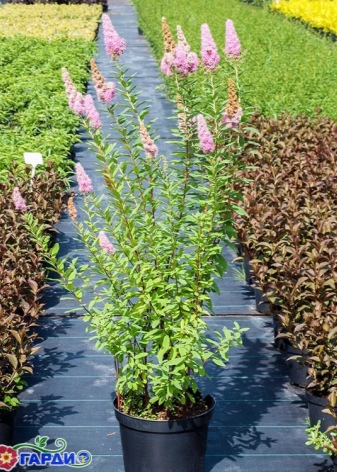

The following algorithm of actions is observed.
- Drainage is placed at the bottom in a 20 cm layer in the form of pebbles or gravel.
- Prepared soil is poured on top of the drainage, consisting of a mixture of a fertile layer and compost in equal parts.
- The spirea is vertically installed in the middle, the roots are distributed, the soil is filled up. The root collar should protrude 3 cm above the ground.
- The earth is compacted, then watered and mulched with peat.
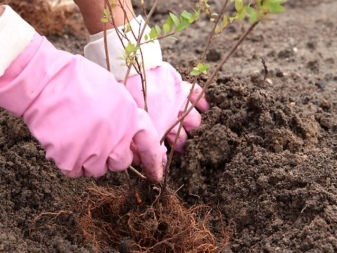
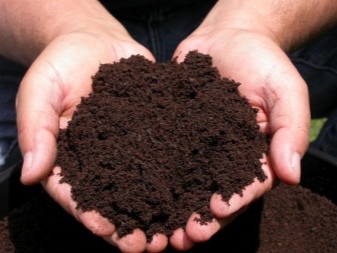
When planting, the planned plant composition is taken into account. If the spireas serve as a decorative floristic hedge, planting is carried out in two rows, holes for seedlings are dug in a staggered arrangement, determining a distance of about 0.5 m between them, in the aisles it is 0.4 m.
In group compositions, spireas are planted 0.7-0.9 m from one another
It is important to take into account the spreading of the variety - in growth and diameter, the shrub reaches 1.5 m.When deliberately thickening plantings in a living fence in a garden design, the bushes should be at a sufficient distance from each other so that the beauty of the bush is revealed and the individuality of the layout is maintained
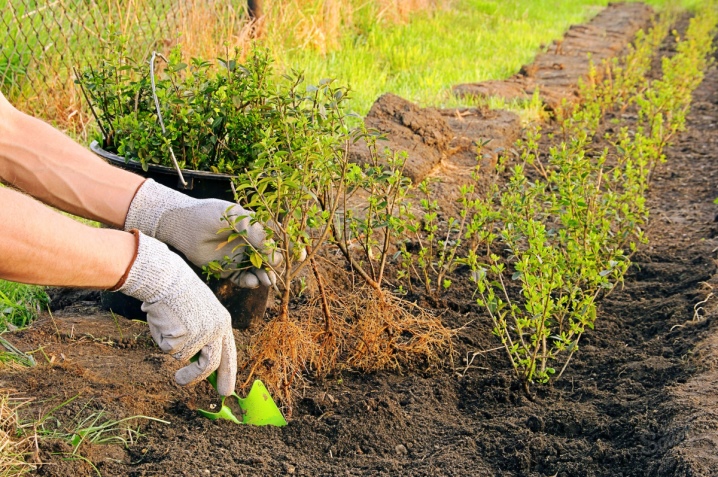
The optimal soil for planting embedding will be the use of peat as the top earthen layer, combined with an equal amount of humus and river sand. An abundant amount of water is poured into the pits, half filled with such a mixture, and the seedlings are placed there, making sure that the rhizome is freely located without curling up.
Then the seedling is covered with the remaining soil mixture, placing the root collar at the same level with the ground, gently crushing the soil near the seedling. Finally, the planting site is watered again, and the soil is mulched.

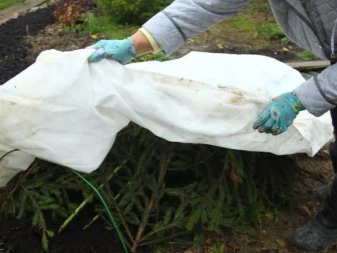
Routine grooming procedures consist of moderate watering, loosening the soil around shrubs, weeding, and mulching. It is advisable to update the mulch regularly.If unwanted growth appears, it is necessary to remove it by cutting it under the base.

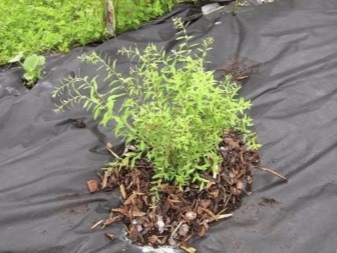
Pruning
An obligatory event to preserve the noble decorativeness of the Douglas spirea. Pruning is carried out according to a number of rules. Spirea, as a flowering summer crop, should be pruned only in early spring. The shrub is cut from the fourth year of its life, truncating it to a size of 0.25-0.3 m from the ground surface. This is done so that the culture remains compact, the stems do not tilt to the sides, and the number of flowers increases.
Conducting a gentle, apical pruning is unproductive and inefficient. It is carried out only by inexperienced gardeners. Young shoots from a plant cut in this way will turn out to be thin and frail, and the inflorescences will be small.
The crown of the Douglas spirea is formed in the spring, until foliage appears on it. Old branches are pruned along with young shoots that thicken the crown. It is necessary to cut off the frozen shoots, shorten the tops. A young plant is pruned at the top according to the level of well-developed buds.
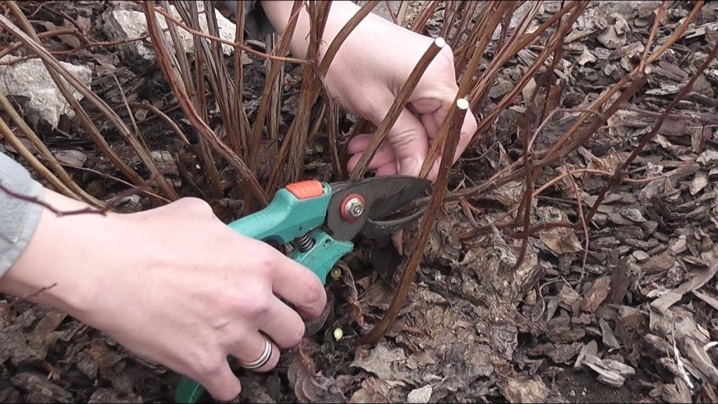
Watering
The plant does not need constant watering, it is enough to do this procedure twice a month, pouring plenty of water. In hot weather, irrigation increases
It is equally important not to allow either drying out or waterlogging of the soil on the site. It is imperative to loosen it, as well as to exterminate weeds.
Plant feeding is needed in the spring, with the beginning of the growing season. It is administered in the form of organics diluted with water, after 2 weeks - with products saturated with phosphates. Effectively affects the growth of culture "Kemira Universal" - a ready-made fertilizer applied under the roots.
Care
Loosen the soil in the near-trunk circle of the spirea periodically, combining with watering and weeding
This is very important for young plants. It is also important to do timely pruning and protect the argut spirea from severe frosts, despite its frost resistance
Watering. Water the spirea once a week, one plant needs about 15 liters of water, in dry summer - once every three days, and in normal weather - once every seven or eight days. The amount of water for one irrigation is 15 liters. Before watering, loosen the soil, remove weeds, and after watering - for example, with peat neutralized PETER PEAT of the AGRO line, otherwise the plant will not get drunk, it will not have enough oxygen.
Pruning. Spirea argut, referring to the spring-flowering type of spirits, almost does not need a haircut, with the exception of sanitary: in the spring, immediately after flowering, remove old (over 5 years old), dried and damaged branches. Do not shorten faded shoots, because this will increase the growth of lateral branches, and you will deprive the spirea of its main advantage - long flowing "hair".
To form a bush in late March - early April, prune it, removing frozen and weak branches and leaving 5-6 strongest ones; to rejuvenate it, cut off all the old branches under the root (on a stump): this will give good development of the growth from dormant buds at the root collar.
Shelter. In harsh winters, the ends of the shoots are frozen at the spirea of the argut: in the fall, protect the roots of the plant by covering the soil around the plant with a dry leaf, straw or peat with a layer of up to 10 cm.You can build something like a pyramid of long slats and cover this structure with lutrasil - this will save the spirea from snow load and the collapse of the bush.


